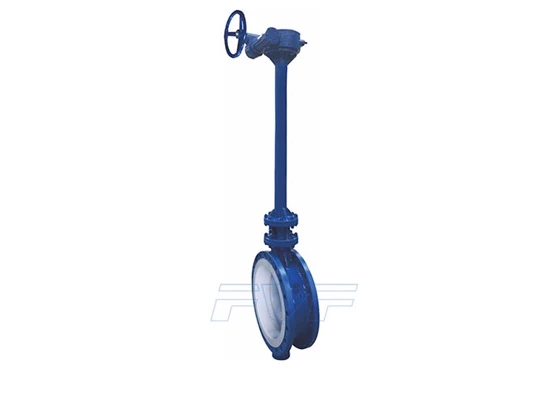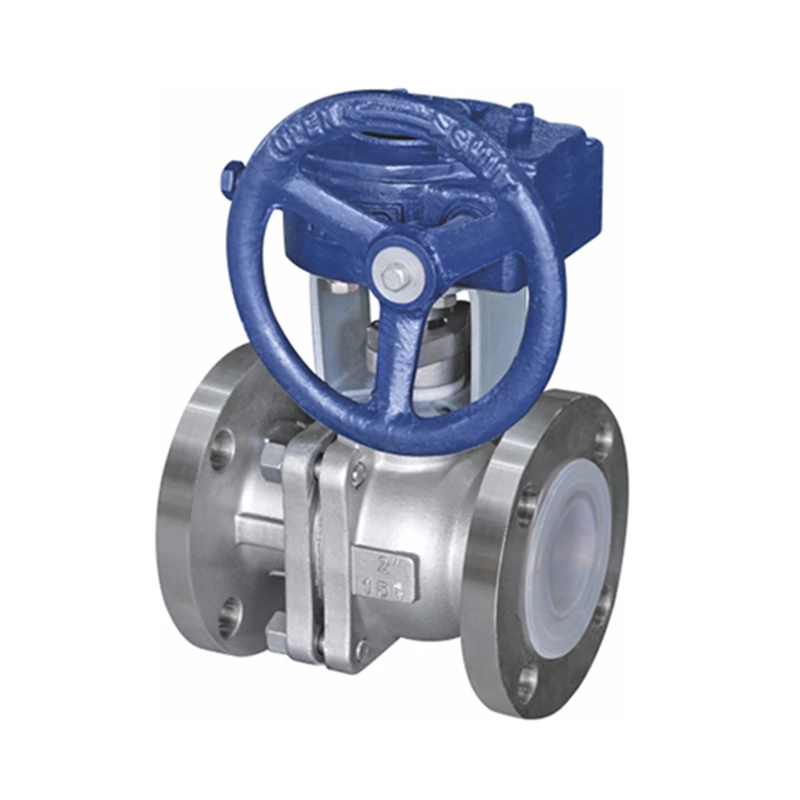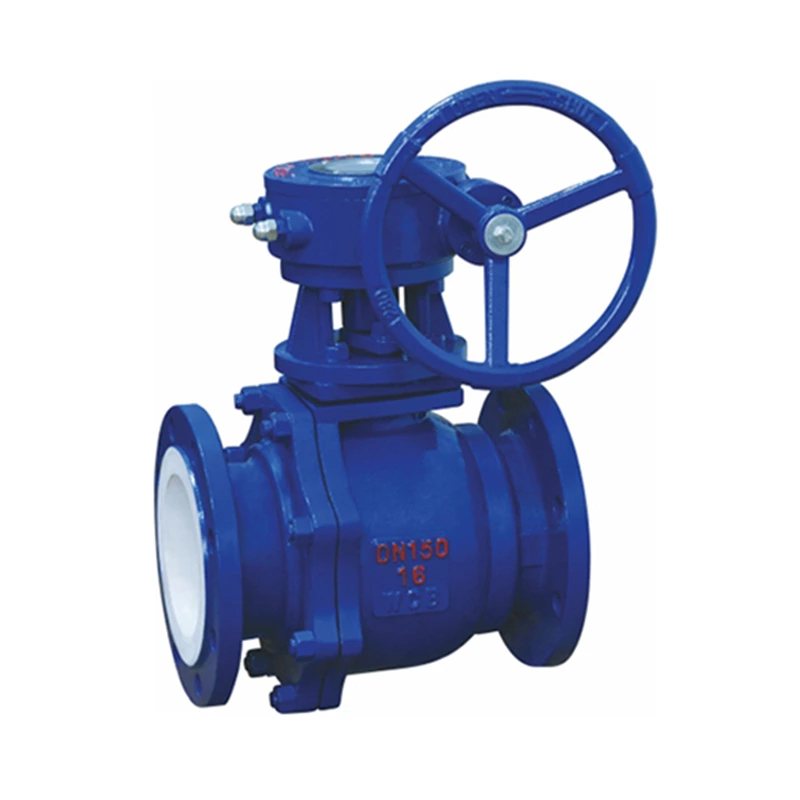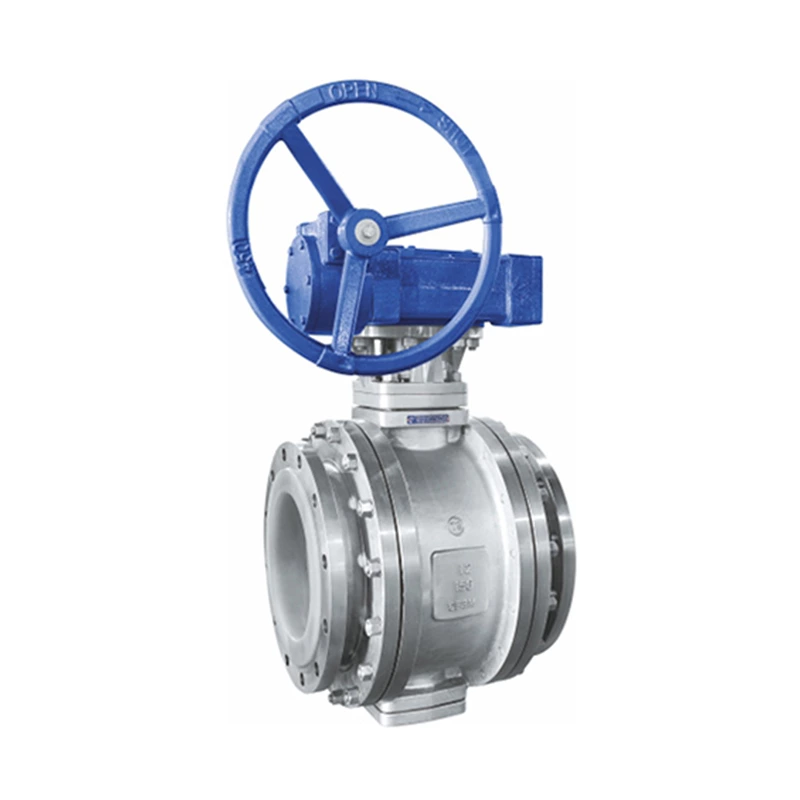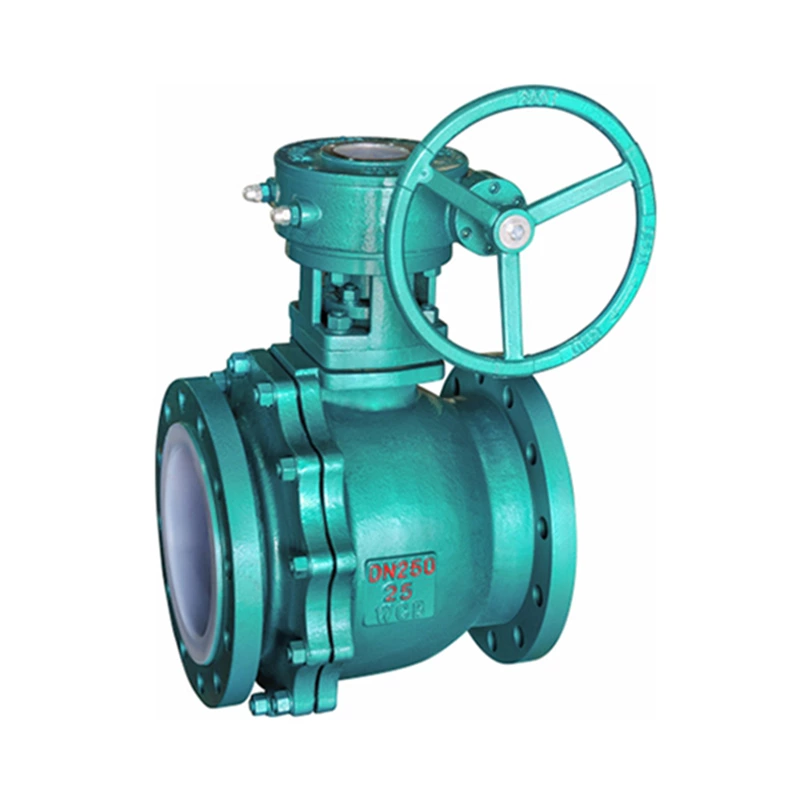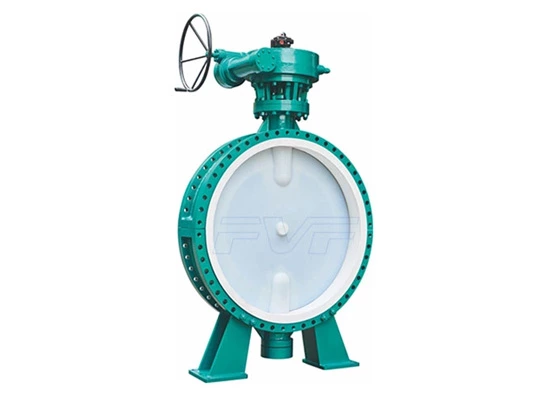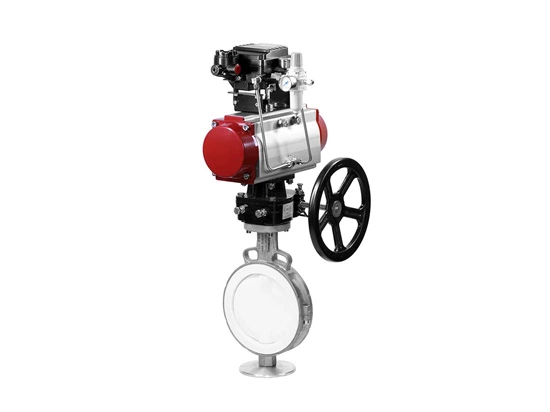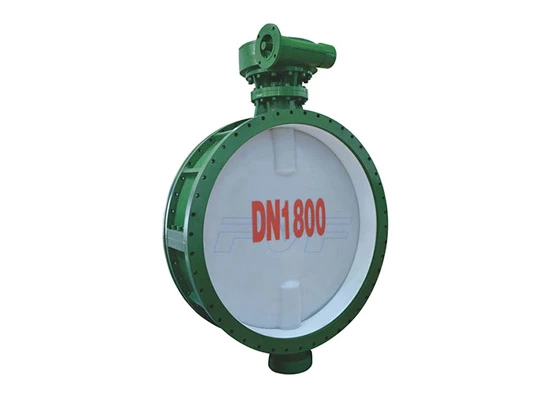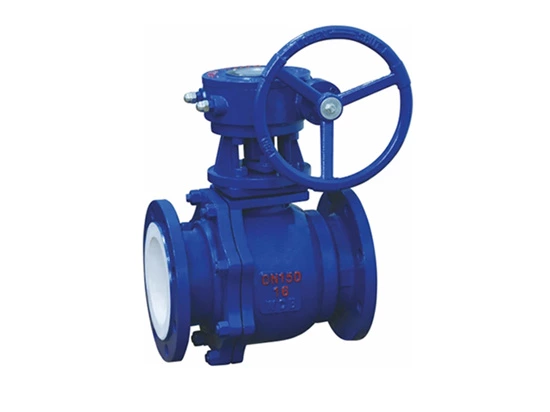How Many Types Of Valves Are There,have You Seen Them All
Lined Valve Classification by pressure
Vacuum valve: PN is lower than standard atmospheric pressure
Low pressure valve: PN ≤ 1.6 MPa
Medium pressure valve: PN = 2.5-6.4 MPa
High pressure valve: PN = 10-80 MPa
Ultra-high pressure valve: PN ≥ 100 MPa
ps: PN refers to nominal pressure, that is, the maximum working pressure allowed by the valve at the reference temperature.
Classification by medium working temperature
High temperature valve: t > 450 ℃
Medium temperature valve: 120 ℃ < t ≤ 450 ℃
Normal temperature valve: -30 ℃ ≤ t ≤ 120 ℃
Low temperature valve: t < -30 ℃
Classification by nominal diameter
Small diameter valve: DN < 40 mm
Medium diameter valve: DN = 40 - 300 mm
Large diameter valve: DN = 350 - 1200 mm
Extra large diameter valve: DN ≥ 1400 mm
Classification by driving method
Manual valve: driven by hand with the help of handwheel, handle, lever or sprocket, etc., and equipped with gears and other deceleration devices when transmitting large torque.
Electric valve: driven by electric motor, electromagnetic or other electrical devices.
Hydraulic valve: driven by liquid (liquid medium such as water and oil).
Pneumatic valve: driven by compressed air.
Classification by use
Gate valve
Refers to a valve in which the closing part (gate) moves in the vertical direction along the center line of the channel. It is mainly used for cutting off on the pipeline, and also has a certain performance of regulating flow.
Features
Low fluid resistance.
Low opening and closing torque.
The flow direction of the medium is not restricted.
Short structural length.
Good sealing performance.
The sealing surface is easily damaged.
Long opening and closing time, high height.
The structure is complex and has many parts, which makes it difficult to manufacture and repair.
Classification by valve plate structure
Rising stem gate valve: The valve stem thread and nut are not in contact with the medium, and are not affected by the corrosiveness of the medium temperature. The degree of opening is obvious and easy to see, so it is widely used.
Non-rising stem gate valve: The screw thread and nut are in contact with the medium, and are affected by the medium temperature and corrosiveness, but the height of the valve is small. Non-rising stem gate valve is suitable for non-corrosive media and occasions with poor external environmental conditions.
According to whether the diameter of the channel in the valve body is consistent
Reduced diameter gate valve: The diameter at the valve seat is smaller than the diameter at the flange connection.
Equal diameter gate valve: The diameter at the valve seat is consistent with the diameter at the flange connection.
The reduction of the diameter can reduce the size of valve parts, and the force required for opening and closing is also reduced accordingly, and the general range of parts can be expanded. However, after the diameter is reduced, the fluid resistance loss will increase.
Steam trap
The steam trap is also called steam-blocking and drainage valve, steam-water valve, steam trap, return box, return gate, etc. Its function is to automatically discharge the condensate that is constantly generated without letting the steam out.
The steam trap must be able to "identify" steam and condensate to play the role of steam blocking and drainage. "Identification" of steam and condensate is based on three principles: density difference, temperature difference and phase change.
Ball valve
A sphere with a hole in the middle is used as the valve core, and the opening and closing of the valve is controlled by rotating the sphere. The ball valve can be made into straight, three-way or four-way. The ball valve is mainly used to cut off, distribute and change the flow direction of the medium on the pipeline.
Because the ball valve seat uses rubber material, its use temperature is limited. In order to cope with possible fire situations, many designers use auxiliary metal-to-metal seals. Ball valves are not suitable for use as throttling valves, but they can be used to reduce the pressure entering or discharging the system when they are partially open. On production equipment, ball valves are often used as general-purpose on/off valves.
Floating ball valve: The ball is floating. Under the pressure of the medium, the ball can produce a certain displacement and press on the sealing ring at the outlet to ensure the sealing of the outlet. This ball valve has a simple structure and good sealing performance, but the pressure at the outlet seal is high and the operating torque is also large. This structure is widely used in medium and low pressure ball valves.
Fixed ball valve: The ball of this ball valve is fixed and does not move after being pressurized. Rolling or sliding bearings are usually installed on the upper and lower shafts that are integrated with the ball. The operating torque is small and it is suitable for high-pressure and large-diameter valves.
Stop valve
Refers to a valve whose closing part (valve disc) moves along the center line of the valve seat. It is mainly used for cutting off on the pipeline.
The valve stem thread of the upper threaded stem stop valve is outside the medium. The valve stem thread is not corroded by the medium and is also easy to lubricate. This structure is widely used.
The valve stem thread of the lower threaded stem stop valve is in direct contact with the medium in the valve body, which is not only unable to be lubricated, but also corroded by the medium. This structure is used for small-diameter valves and medium with low temperature.
Check valve
The valve flap is automatically opened and closed by the flow of the medium itself. The medium can only flow in one direction and the valve that can prevent the medium from flowing back is called a check valve.
Lift check valve
The valve flap of this valve moves along the center line of the valve seat hole. The valve flap is opened by the thrust of the fluid and falls by gravity. Therefore, it can only be installed on horizontal pipes. The valve body shape of the lift check valve is similar to that of the stop valve, so its flow resistance coefficient is also large.
Swing check valve
The valve flap of this valve rotates around the pin at the valve seat. The valve flap is generally an integral structure. Some large-diameter check valves (nominal diameter of 600mm and above) mostly use multi-flap type.
Safety valve
Classification by loading structure
Lever weight hammer safety valve: The weight is loaded on the valve flap through the lever, and the load hardly changes with the opening height. Since the lever part of this safety valve is relatively large, the whole valve is relatively heavy, and the return seat pressure is low, it has been rarely used in engineering.
Pilot safety valve: It consists of a main valve and an auxiliary valve. The medium pressure and spring pressure are simultaneously loaded on the main valve disc. When overpressure occurs, the auxiliary valve disc opens first, causing the main valve to open. It is mainly used in large-diameter and high-pressure occasions.
Spring-type safety valve: The spring force is loaded on the valve disc, and the load changes with the opening height. The advantages are that it is smaller than the heavy hammer safety valve, lighter, more sensitive, and the installation position is not strictly restricted. It is widely used in oil and gas emergency transmission projects.
Classification by safety valve opening height
Micro-opening safety valve: The opening height is 1/40-1/20 of the valve seat throat diameter, and it is usually made into a gradual opening type (the opening height gradually changes with pressure). It is mainly used in liquid medium occasions with a small discharge volume.
Full-opening safety valve: The opening height is equal to or greater than 1/4 of the valve throat diameter, and it is usually made into a quick opening type (the valve disc suddenly jumps up at a certain moment of opening and reaches the full opening height). Mainly used in gas, steam medium and fluid medium with large discharge volume.
Gradually open or quick-open safety valve: the opening height is between the micro-opening type and the full-opening type.
Classification by valve body structure
Fully closed type: the medium will not leak out during discharge and will be discharged through the discharge pipe.
Semi-closed type: during discharge, part of the medium is discharged through the discharge pipe, and the other part leaks out from the matching point between the valve cover and the valve stem.
Open type: during discharge, the medium does not pass through the discharge pipe, but is discharged directly from the top of the valve disc.
Butterfly valve
The valve disc is a disc. Through the rotation of the valve stem, the valve disc rotates 90 degrees within the range of the valve seat to realize the opening and closing of the valve. It plays a shut-off role in the pipeline. It can also adjust the flow.
Features
It is convenient and quick to open and close, saves effort, has low fluid resistance, and can be operated frequently.
Simple structure, small size, and light weight.
It can transport mud and accumulate the least liquid at the pipe mouth.
Good sealing can be achieved under low pressure.
Good regulating performance.
Small operating pressure and temperature range.
Poor sealing.
What else do you want to know about valves?
